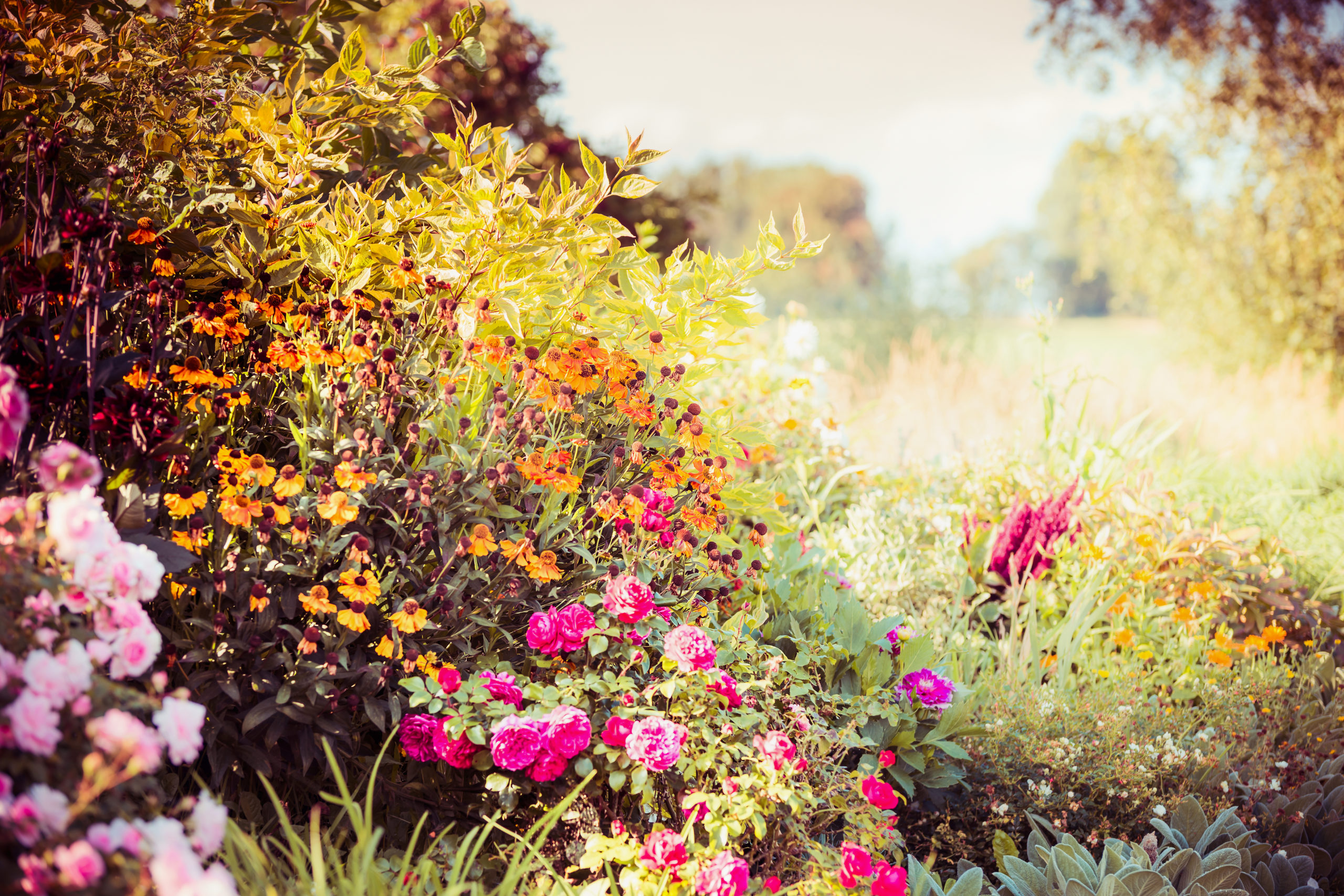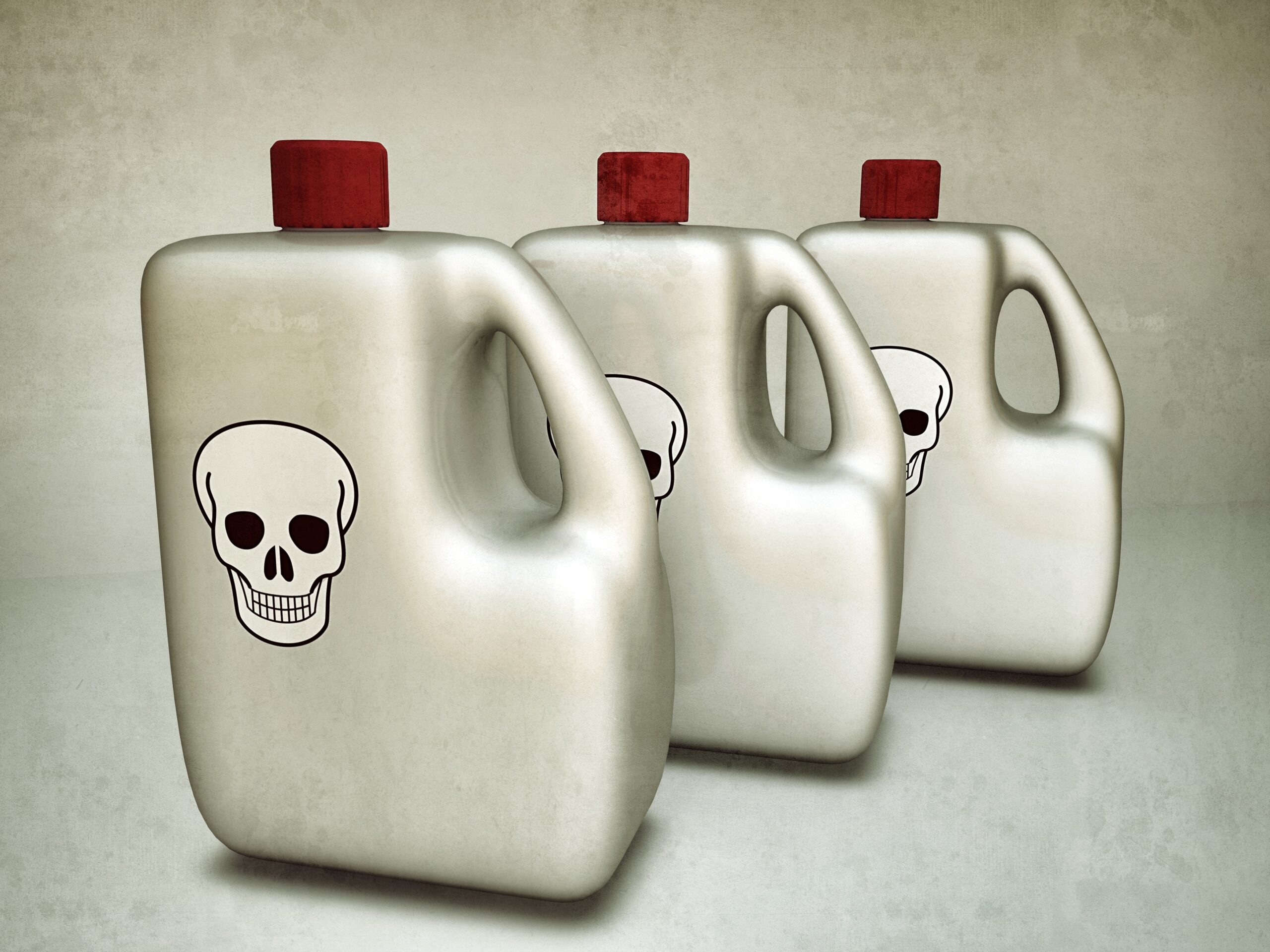The warm days and blue skies of summer will soon turn, and the trees will become a riot of reds, yellows and bronze. With many of us spending more time than ever before in our gardens over the summer due to the current pandemic, there seems to be a renewed emphasis on making them as colorful and uplifting as possible. So what can we plant in the fall that will provide color in the garden now, and what can we plant now to ensure a mass of color in the spring?
The availability of bedding plants from nurseries means that you can have color in the garden all year long! Pansies are a cool-weather favorite, lending themselves to planting in borders and containers alike. The wide range of colors available means that, whatever your color-scheme, you will find one to suit, and their ability to survive a frost makes them surprisingly hardy. Many varieties of dianthus tend to stop blooming in warmer temperatures and flower even after a light frost, so they will give a seemingly non-stop display of color in the fall. Snapdragons are another flower that prefer cooler spring and fall temperatures and make an ideal flower to plant in fall pots, planters and beds.
It might also surprise you to know that geraniums are even more robust when grown in cooler weather as long as they have a sunny spot, so you can have a carpet of summer color through fall. You could contrast the bright geranium colors with a white cyclamen and its heart-shaped variegated leaves as these beautiful plants generally prefer the shade and temperatures of lower than 65 degrees Fahrenheit.
Fall and early winter is the best time to plant bulbs to ensure that your garden looks like a floral marvel in spring. The golds and yellows of daffodils, the purples, pinks, reds, yellows and whites of tulips, the mauve and lilacs of alliums and crocuses and violet hyacinths can all be achieved by planting bulbs in fall and into early winter. For best results, plant the bulbs once temperatures at night drop to below 50 degrees Fahrenheit so that the soil is cool enough to ensure that the bulbs do not grow too early. Try to plant them six weeks before you anticipate a hard frost. If you can plant them in clusters of five or more, they will have the biggest impact when they flower. If you plant several varieties with a range of flowering periods, you will extend the period for which you will enjoy the flowers that emerge.
Shrubs can also be planted in the fall—the lower temperatures mean there is less chance of the plants suffering damage due to heat and the root system will become established during the fall and winter months, ensuring that you get the most of new growth in the spring and summer. Rhododendrons, azaleas, peonies and irises can all be planted in the fall to maximize the colors in spring and summer gardens.








Leave A Comment